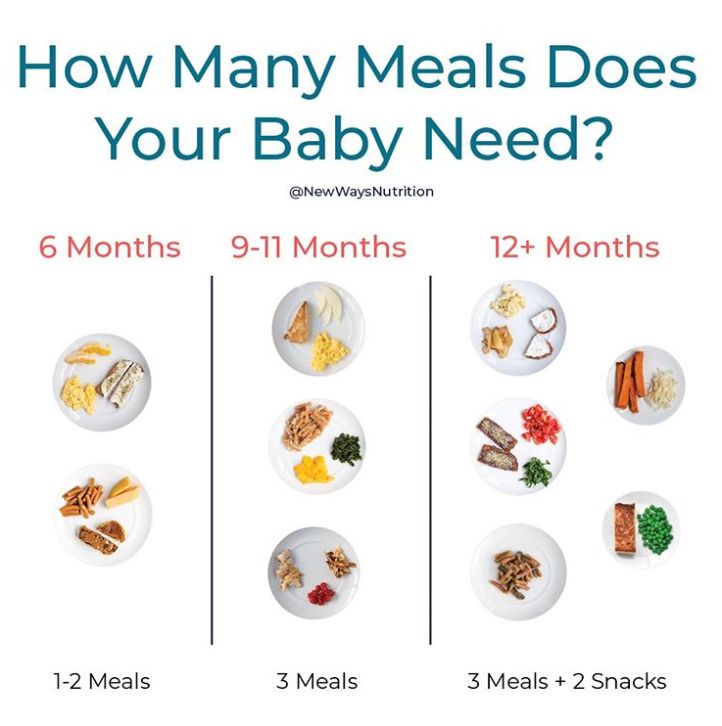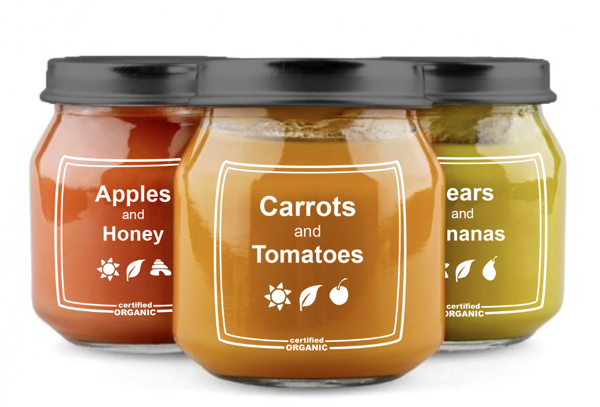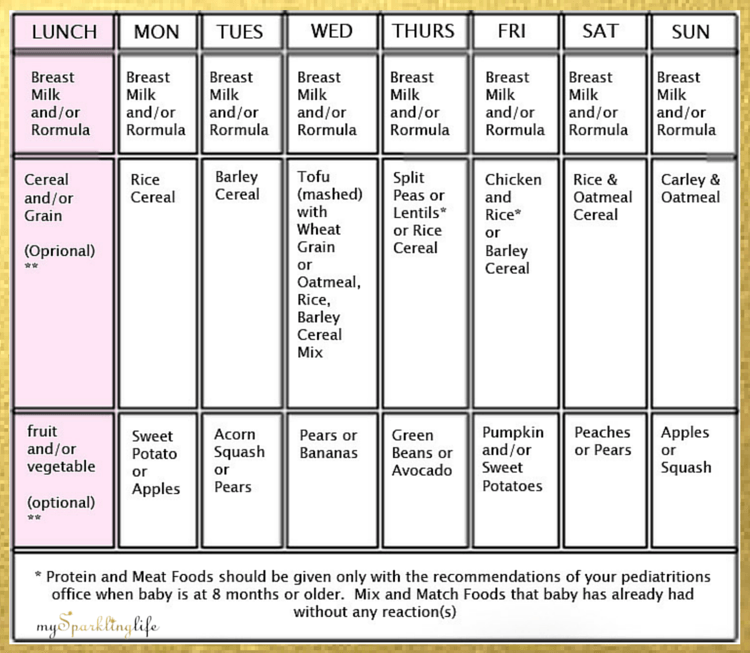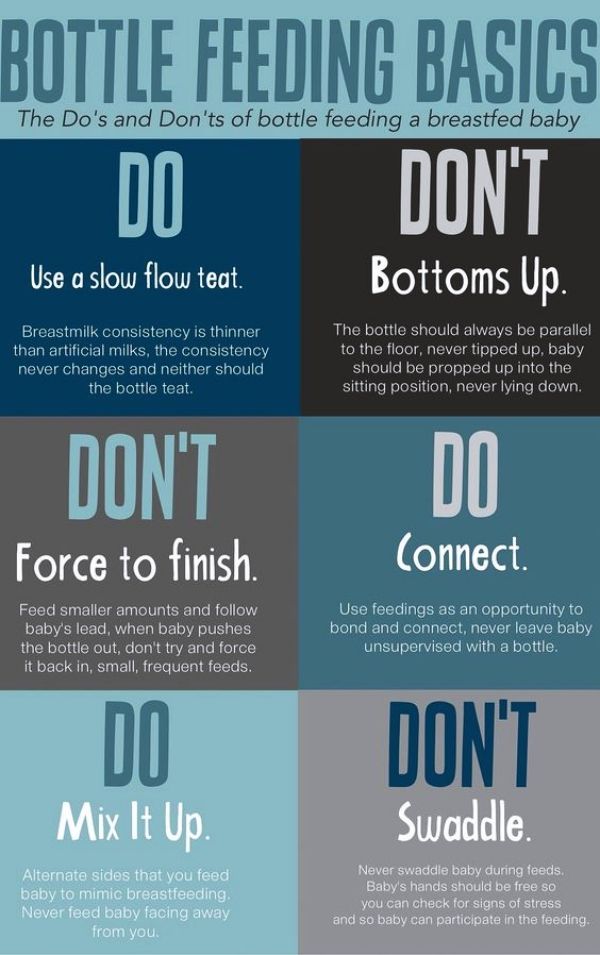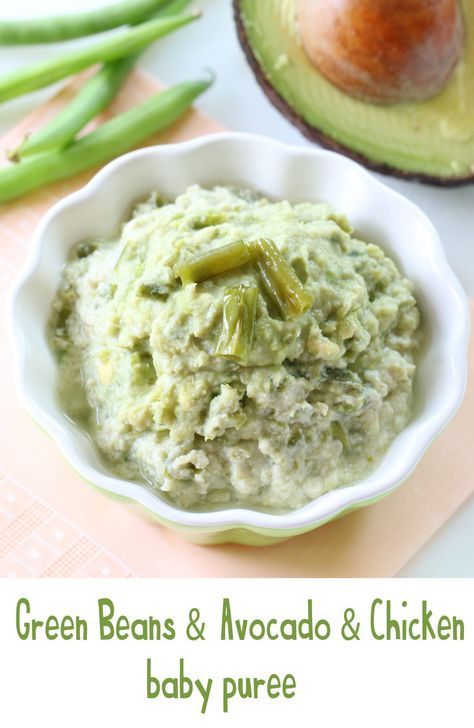Homemade baby food potatoes
Potato Puree for Babies
| | by Dr Hemapriya
Introducing vegetables in your baby’s diet? This potato puree for babies is ideal for infants over 6 months, as it’s easy, neutral and safe for little tummies.
Potato Puree for Babies
Ingredients:
Method:
Nutritional Information
Potato Puree for Babies
Ingredients
Instructions
Buy Healthy Nutritious Baby, Toddler food made by our own Doctor Mom !
We’ve all heard stories of kids refusing to eat vegetables, and perhaps we may have done the same when we were young! However, now that you’re a parent, you want to make sure that you raise your little one to enjoy vegetables of all kinds. As with everything else, the earlier you start, the better!
With so many vegetables to choose from, new parents can be confused about which one to introduce in their baby’s diet first. You need a vegetable that’s easily digestible, neutral in taste and safe for developing digestive systems. Potato is the vegetable that checks all these boxes, and provides many other benefits too.
Potato Puree for babies is the perfect way to introduce this vegetable in your munchkin’s diet. Potato puree has a soft consistency, it is easily mashable and is among foods with the least risk of food allergy. Start with a small quantity as potatoes may cause gassines in some babies.
Please don’t forget the 3 Day Rule before introducing any new food. Select a potato that is free of blemishes, cracks and soft spots. Avoid potatoes that have begun sprouting – these are not fresh.
Ingredients:
- 1 Potato
- Jeera powder – A pinch
Method:
1. Peel the skin of the potato.
2. Slice into cubes.
3. Steam cook for 3-4 whistles on medium flame.
4. Let it cool.
5. Mash well using a potato masher or the back of a ladle.
6. Add Jeera powder for seasoning.
7. If you want to make it runnier, add some breast milk or formula.
8. Your Potato Puree is ready. Serve warm.
Nutritional Information100 g of Potatoes yield 77 kcal of energy and a medium potato gives about 26 grams of carbohydrates, making these an energy-rich food. Potatoes are also rich in minerals, vitamins and phytochemicals such as carotenoids and natural phenols.
- Potato - One
- Jeera powder - A pinch
Peel the skin.
Slice into cubes.
Steam cook for 3-4 whistles on medium flame.
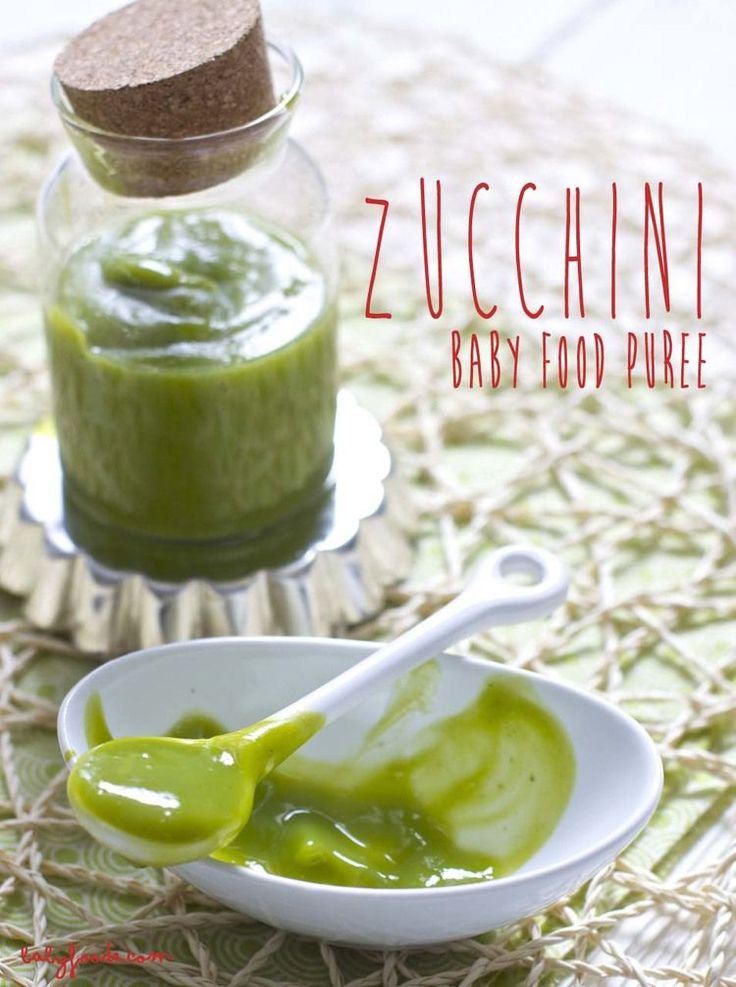
Let it cool.
Mash well using potato masher or ladle.
Add Jeera powder for seasoning
Serve warm.
Post updated on : 21 July 2020
Buy Healthy Nutritious Baby, Toddler food made by our own Doctor Mom !
Shop now!Potato, Carrot & Garlic Baby Food
This potato and carrot mash has a mellow garlic flavor that your baby will love. Tasty and filling, with a little bit of texture, this can be eaten on its own or as the base for a bigger meal. The ideal way to introduce garlic to your baby, and it works for both spoon fed babies and baby led weaning families.
We all need a freezer stash of easy, filling, tasty foods for our babies that will suit them through different stages. This one, for us, has stood the test of time with our second baby.
He first had it off a spoon as a textured puree, and now it regularly works its way onto his plates alongside things like beans and falafel, to complete the meal.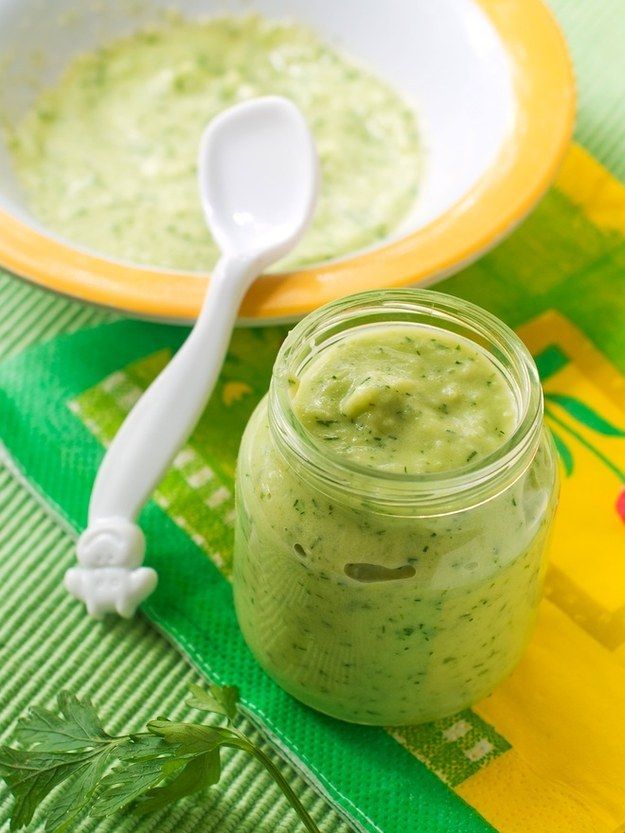
It’s very easy to adapt and can be made with any root vegetables. Try it with sweet potato, parsnip or squashes too.
Garlic for babies – OK from 6 months
There is no particular reason to hold back on introducing foods with garlic to your baby, even as early as 6 months. This recipe steams the garlic alongside potatoes and carrots, which is a gentle way to cook it, leaving a very mellow subtle flavor. Alongside some cheddar cheese, this makes for a super tasty bowl.
Some may prefer to use introduction schedules to introduce foods one at a time, working their way from blander to more flavorful foods, and so garlic may come in at the later stages.
Others take a more relaxed approach, introducing foods as and when they feel their baby might enjoy them, while watching for reactions.
Neither is right or wrong, so do whatever works for you.
How to make potatoes for babies (And how not to!)
This is an easy recipe to make but there’s one thing you need to know.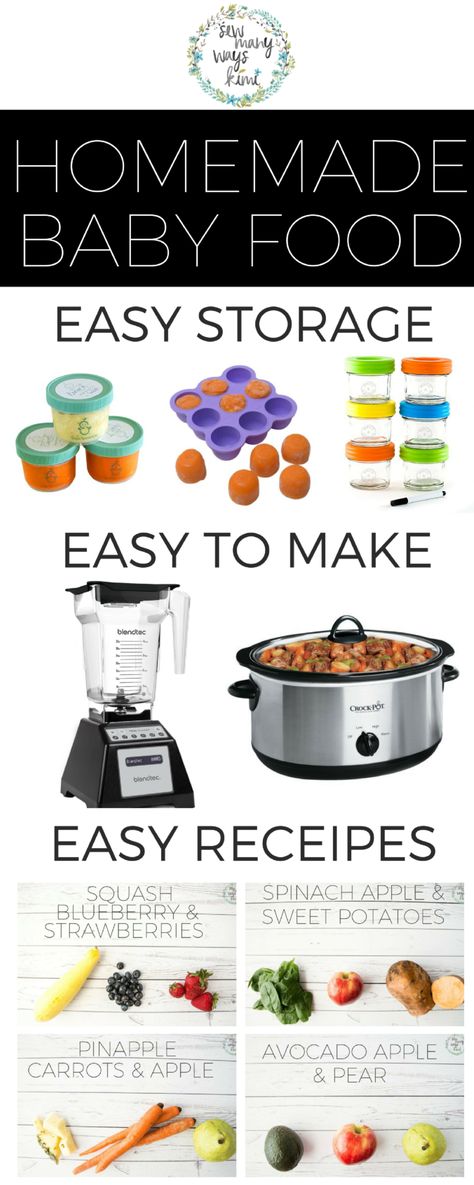 When you’re making potato based baby food, step AWAY from the blender.
When you’re making potato based baby food, step AWAY from the blender.
Just back riiiiight off.
Do not blend potatoes. Like, ever.
I actually knew this was a thing. Blending potatoes breaks down the starch and makes them very gummy. I’d heard it before and yet the first time I made this I tried my luck. I figured I’d just blend them for a minute so it wouldn’t be a problem.
It was very much a problem. An edible mess.
For a baby who is just learning to eat the texture would be a legit choking hazard. So if you need confirmation, here it is: It’s a serious NOPE on blending potatoes.
For this recipe, we will use a potato masher.
This is a textured baby food
Using a potato masher instead of blending does leave you with a more textured baby food. So this wouldn’t be ideal during the early days of smooth, runny purees.
You will want to wait until they are ready for more thick and textured foods. That may put you around the 8-9 month mark depending on how your baby progresses.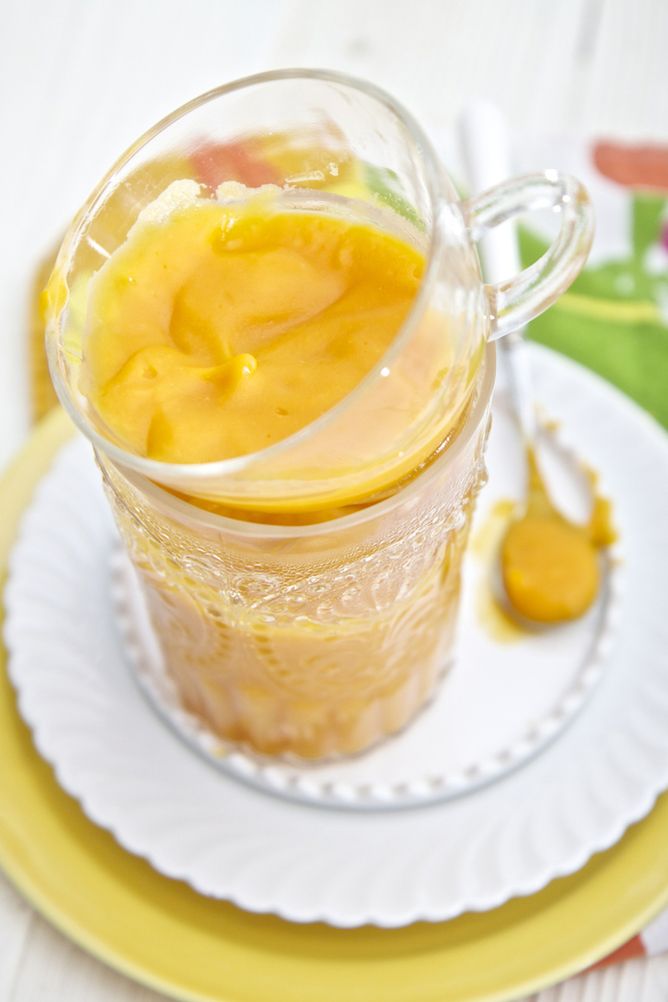
If you really want to try this with a younger baby, you could make it into a smooth puree if you put a little extra effort in. You would blend the carrots and then run the potatoes through a potato ricer for the smoothest possible finish. Then mix them together and thin out with milk.
… Or can be served as part of a baby led weaning plate
This is thick enough for babies to pick up and feed themselves, so a little dollop would work well as part of a baby led weaning plate.
Serving suggestions for older babies and toddlers
It works well alongside vegetarian protein sources to complete the meal. Try adding baked beans, mini falafel, or scrambled eggs to the plate.
Some roasted peppers and tomatoes can make a tasty topping, and stop it from being too dry.
Potato, Carrot & Garlic Baby Food
This potato and carrot mash has a mellow garlic flavor that your baby will love. Tasty and filling, with a little bit of texture, this can be eaten on its own or as the base for a bigger meal. The ideal way to introduce garlic to your baby, and it works for spoon fed babies or baby led weaning families.
The ideal way to introduce garlic to your baby, and it works for spoon fed babies or baby led weaning families.
8 -10 portions
Prep Time: 10 mins
Cook Time: 30 mins
Total Time: 40 mins
5 from 2 ratings
Print Recipe Pin Recipe
- 1 carrot, peeled and sliced
- 2 small potatoes, peeled and sliced thinly
- 2 small cloves of garlic, peeled and sliced
- Optional – 1 handful of grated cheddar cheese
Place the carrots and potatoes in a steamer (either an electric steamer or using a steaming basket) and sprinkle the garlic slices on top.
Steam for up to 30 minutes, until carrots and potatoes are soft.
Mash until you get your desired texture. Add in cheese, if using, and stir through until melted.
If the mixture is thick, add some of the steaming water or some milk to loosen it up.
If you want this to be a smoother, runnier puree: After steaming, blend the carrots until smooth.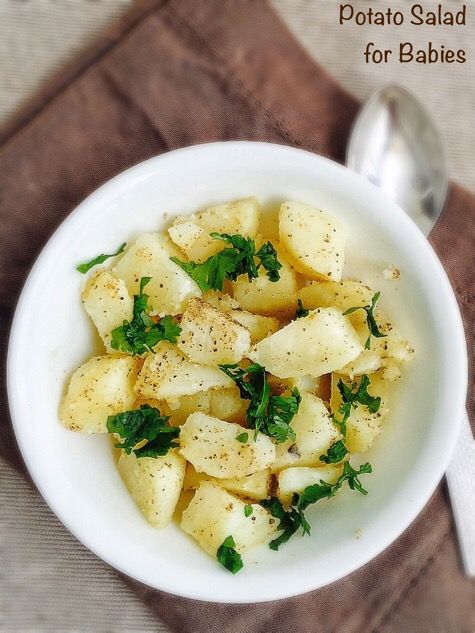 Run the potatoes through a potato ricer and then add the blended carrots and cheese and stir through. Add milk as needed to thin it out.
Run the potatoes through a potato ricer and then add the blended carrots and cheese and stir through. Add milk as needed to thin it out.
Cuisine: European
Course: Happy Veggie Kitchen Recipes
Author: Christine Melanson
Serving: 1g, Calories: 65kcal, Carbohydrates: 8g, Protein: 3g, Fat: 2g, Saturated Fat: 1g, Polyunsaturated Fat: 1g, Cholesterol: 7mg, Sodium: 55mg, Fiber: 1g, Sugar: 1g
Baby puree at home: recipes
Baby puree from vegetables and fruits at home: cooking secrets
Vegetable and fruit puree often becomes the first meal of the baby after breast milk or formula, so many mothers prefer to cook it on their own. Although modern manufacturers convince us that baby food is devoid of preservatives and harmful additives, fresh vegetables and fruits are much healthier, especially when it comes to infant nutrition. Yes, and cooking baby puree at home is not so difficult. nine0005
Vegetables or fruits?
Let's try to make baby puree for our beloved baby.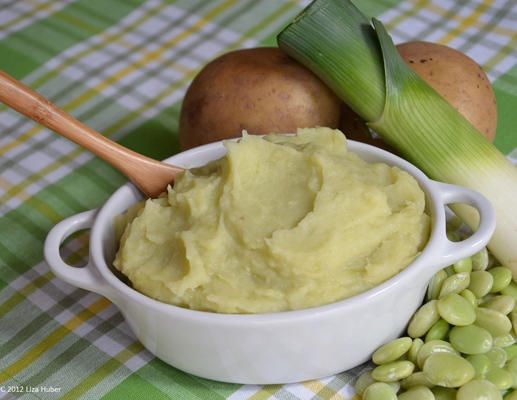 Despite the fact that pediatricians of the last century recommended starting complementary foods with fruits, it is better to first introduce the child to vegetables - modern doctors and nutritionists have come to this conclusion. Boiled vegetables do not irritate the gastrointestinal tract, are better absorbed, satisfy hunger, do not cause allergies and increased gas formation. In addition, vegetables do not contain fructose, which irritates the pancreas. And one more weighty argument in favor of the fact that it is better to start with vegetables - fruits are tastier, and if the baby tries them first, he will refuse vegetables, because they will seem to him more insipid. nine0005
Despite the fact that pediatricians of the last century recommended starting complementary foods with fruits, it is better to first introduce the child to vegetables - modern doctors and nutritionists have come to this conclusion. Boiled vegetables do not irritate the gastrointestinal tract, are better absorbed, satisfy hunger, do not cause allergies and increased gas formation. In addition, vegetables do not contain fructose, which irritates the pancreas. And one more weighty argument in favor of the fact that it is better to start with vegetables - fruits are tastier, and if the baby tries them first, he will refuse vegetables, because they will seem to him more insipid. nine0005
How to prepare baby vegetable puree
What can baby puree be made from? The ideal puree for the first feeding is from cauliflower or zucchini. A little later, you can introduce pumpkin, broccoli, carrots, potatoes and green peas. Before cooking, vegetables are washed well, peeled, cut into pieces and cooked - steamed, in the oven or in the usual way, in water.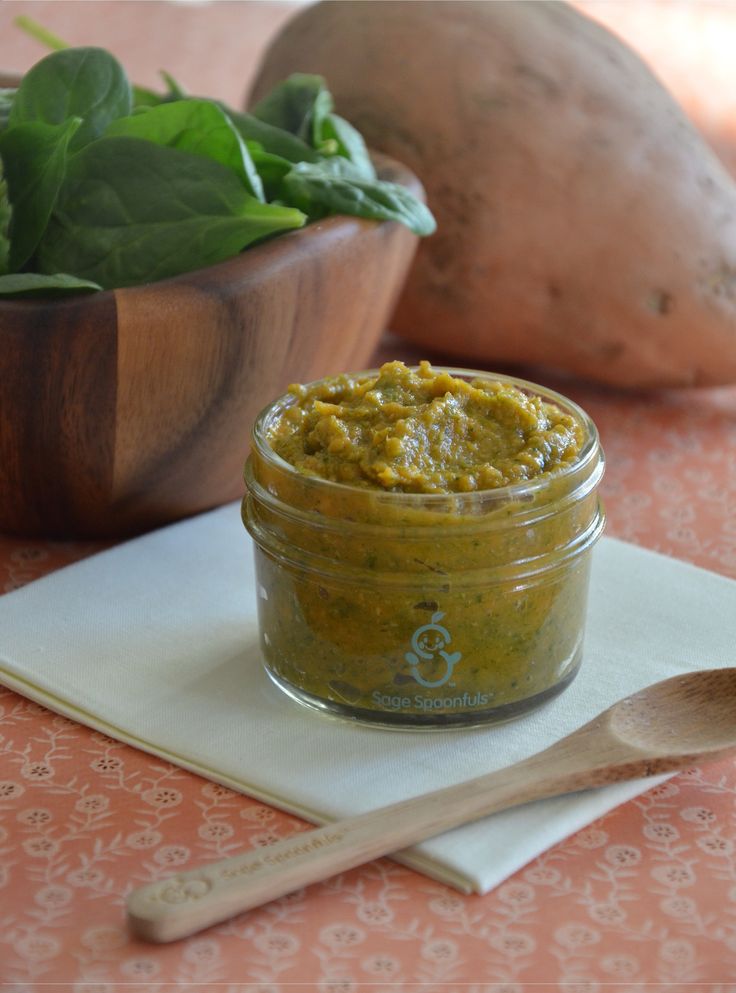 The first two methods are preferable because oven roasting and steaming preserve the vitamins, minerals, nutrients, and natural color in the vegetables. And most importantly - such vegetables are much tastier. Some nutritionists recommend boiling vegetables with their skins on before peeling them, so choose your own cooking method. nine0005
The first two methods are preferable because oven roasting and steaming preserve the vitamins, minerals, nutrients, and natural color in the vegetables. And most importantly - such vegetables are much tastier. Some nutritionists recommend boiling vegetables with their skins on before peeling them, so choose your own cooking method. nine0005
If you do have to cook vegetables in a saucepan, use an enamel pot, add less water and put the vegetables in boiling water. Boil until soft, but do not overcook vegetables and fruits, otherwise they will become tasteless and lose a lot of vitamins. Ready vegetables are chopped with a blender until smooth and slightly diluted with water, vegetable broth, breast milk or mixture to a gruel state, since the child does not yet know how to digest thick food. Small pieces of vegetables in puree sometimes cause the baby to refuse to eat, so the knives in the blender should be well sharpened, and if there is no technique, you can grind the vegetables through a sieve.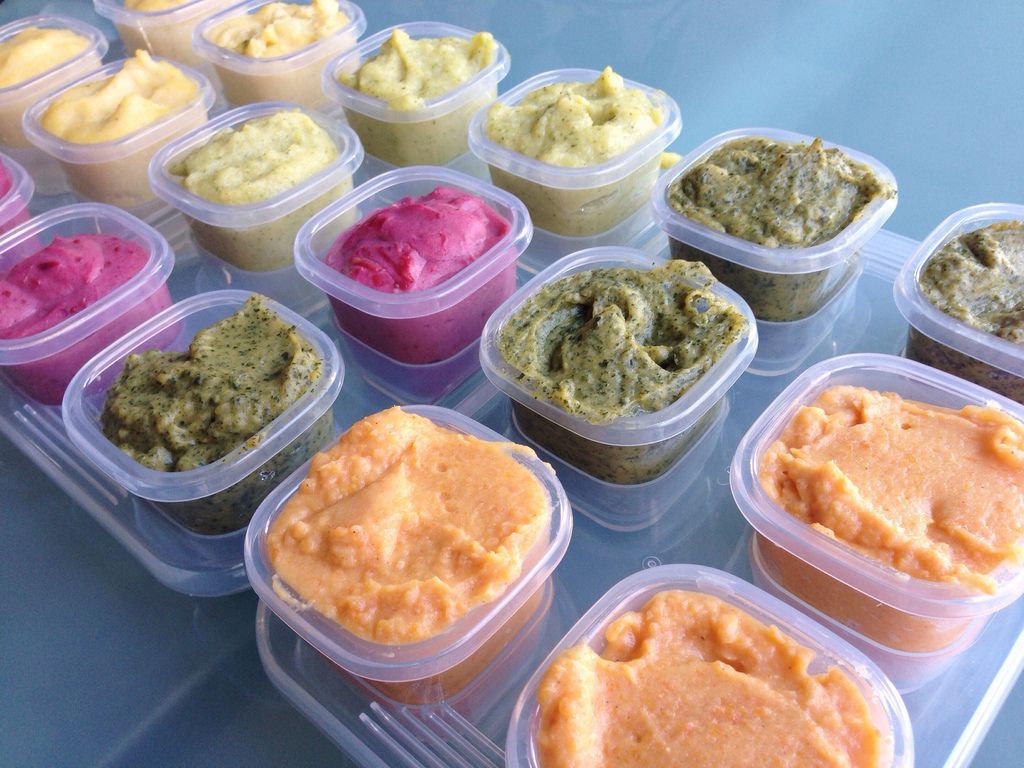 Salt and spices are usually not added to baby vegetable puree, and if the baby is more than 6 months old, you can put a little butter in the puree. nine0005
Salt and spices are usually not added to baby vegetable puree, and if the baby is more than 6 months old, you can put a little butter in the puree. nine0005
A few rules for making baby puree at home
- Use only fresh vegetables and fruits.
- Water for cooking vegetables must be filtered or bottled.
- If you are using frozen foods, choose only whole fruits and vegetables as they retain the most nutrients.
- All utensils for preparing baby food should be perfectly clean, so if the knife falls on the floor, it should be washed well. Also, the presence of pets in the kitchen during the cooking process is not allowed. nine0026
- Avoid vegetables and fruits high in nitrates, such as spinach, lettuce, beets, melons, and watermelons, in infants' diets.
- Store-bought vegetables are recommended to be soaked in water to remove nitrates: 1-2 hours for this, up to 24 hours for potatoes.
- Mix sour-tasting fruits and berries with sweet fruits - for example, blackcurrant goes well with a banana or pear.
 Sour puree is unlikely to please the baby. nine0026
Sour puree is unlikely to please the baby. nine0026 - Give your child only fresh food, but yesterday's puree from the refrigerator is better to eat yourself.
DIY fruit puree for children
Children are more likely to eat fruit puree, because fruits are tastier and sweeter. Fruits contain a large amount of vitamins, minerals, trace elements, fiber and antioxidants, so they are very useful for a growing organism. However, fruits are strong allergens, especially berries, bananas, pomegranates and apricots, so they should be given with caution, watching the child's reaction. The most low-allergenic fruits are apples and pears, so it is better to start complementary foods with them, and then introduce all other fruits. First, the baby is fed with a one-component puree made from only one product, and then you can mix different vegetables and fruits, and not only among themselves. Very tasty combinations of fruits and vegetables, such as apples and zucchini, pumpkins and pears.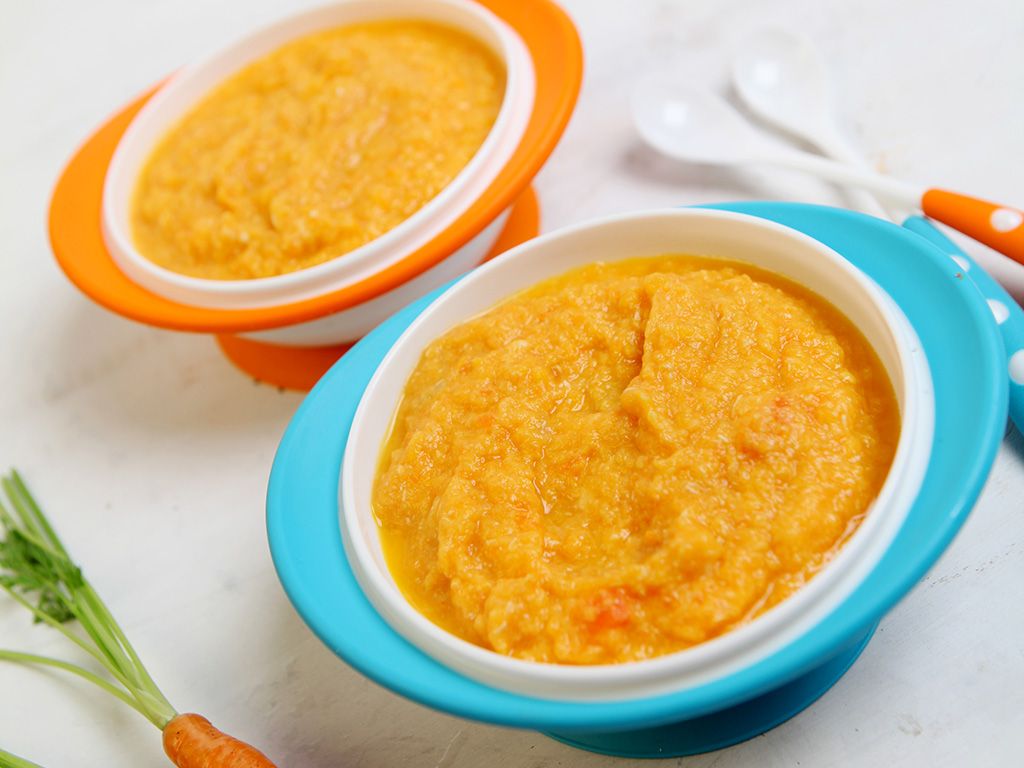 nine0005
nine0005
Fruits must be of good quality, without damage, ripe and juicy, and the rules for preparing fruits do not differ from the rules for cooking vegetables. Naturally, fruit puree is not sweetened with honey and sugar - the later the child learns the taste of sugar, the stronger his health will be.
Aromatic pumpkin puree
Babies love to eat pumpkin because of its pleasant sweet taste, besides pumpkin is very healthy. It contains a whole storehouse of various vitamins, including vitamin T, which normalizes the metabolism in the body. For pumpkin puree, small pumpkins are suitable, since large fruits are not as tasty and difficult to peel. nine0005
Cut the pumpkin in half, and then into small slices, one or two of which (depending on the appetite of the crumbs) cut into cubes. Boil the pumpkin in a double boiler or in water for 20 minutes, while warm, beat with a blender to a smooth puree and dilute if necessary with water or a mixture. Add oil and salt depending on the age of the child.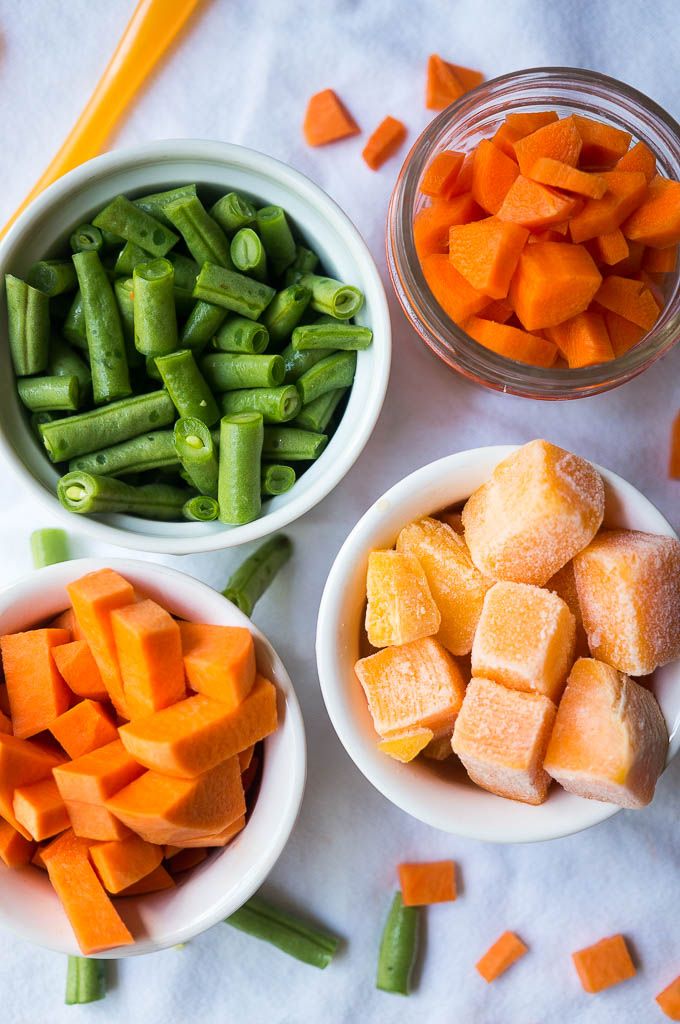
Gentle Broccoli Puree
One of my favorite homemade baby puree recipes is broccoli. This cabbage is extremely useful because it contains potassium, iron, calcium and other valuable substances. It has much more vitamin C than lemon, and the reason for its nutritional value is its high protein content. nine0005
Separate the broccoli into florets, wash thoroughly and steam for 20 minutes. Cabbage cooks faster in water - fresh broccoli will take 7 minutes, and frozen - about 15 minutes. Broccoli puree does not need much water, it should lightly coat the vegetables. After the cabbage becomes soft, chop it in a blender or pass through a sieve. If you're mashing for kids older than a year old, be sure to add butter - the little ones will gobble up broccoli on both cheeks! nine0005
How to make baby pear puree at home
Pear is a very delicate, tasty and healthy fruit that rarely causes intolerance. In addition to the high vitamin value, the pear has other beneficial properties - it facilitates digestion and removes toxins from the body.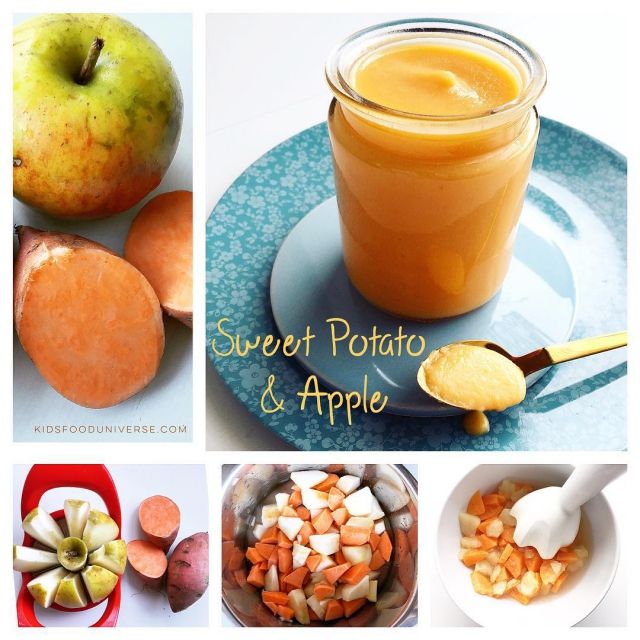
For baby food, choose green pears to reduce the risk of allergies, which are rare among babies. Peel the fruits from the peel and core with seeds, and then stew the pear in a bowl with a thick bottom in a small amount of water for 15 minutes. Let the pear cool slightly and puree it in a blender with a little of the remaining pear broth. For large kids, fruits can not be boiled, but add half a teaspoon of natural honey to the puree. nine0005
Zucchini and apple puree
Little gourmets will love this delicious puree, besides, zucchini is considered the most hypoallergenic vegetables, which, due to their high potassium content, have a beneficial effect on the heart. Apples contain iodine, iron and phosphorus, and due to the high concentration of vitamin C, apples help in the prevention of colds and viral infections.
Wash the zucchini and apples well, de-seed them, cut into pieces and cook in a saucepan for about 20 minutes, considering that the zucchini will cook 5 minutes faster.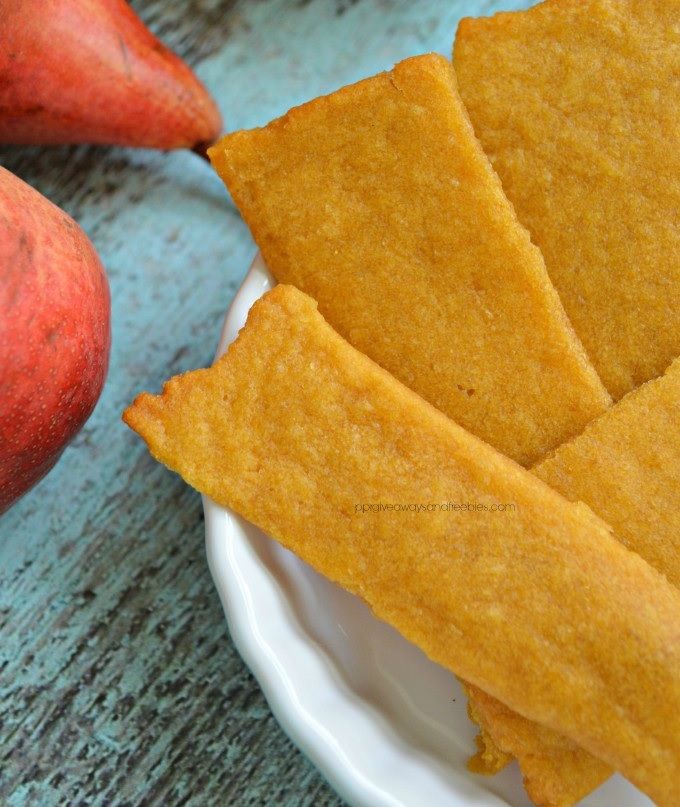 By the way, apples are steamed for 15 minutes, zucchini - 10 minutes. Next, vegetables and fruits are chopped in a blender, mixed and brought to a boil. For allergic children, this is the best side dish! nine0005
By the way, apples are steamed for 15 minutes, zucchini - 10 minutes. Next, vegetables and fruits are chopped in a blender, mixed and brought to a boil. For allergic children, this is the best side dish! nine0005
Exotic mango
Sometimes you can pamper your baby with exotic fruits - for example, make mango puree. This is a very delicate fruit with an original taste, containing 12 amino acids and improving sleep.
Choose only ripe fruits that are soft and reddish-yellow in color. Peel the mango from a thick skin and a large bone, put the pulp in a blender, add 2 tbsp. l. water and mash it, and then heat it in a saucepan for several minutes. For a baby up to a year old, it is better to give mashed potatoes with heat treatment to facilitate digestion, and older children can be fed raw mangoes. nine0005
Carrot and Potato Puree
Make normal potato puree without oil. Peel the carrots, grate them and stew them with butter and vegetable broth - about 1 tsp is required for 200 g of carrots. butter and 150 g of broth. When the carrot becomes very soft, wipe it through a sieve, and then put it on a plate, put mashed potatoes on the second half. Let the child choose whether to mix two types of puree for him or eat separately!
butter and 150 g of broth. When the carrot becomes very soft, wipe it through a sieve, and then put it on a plate, put mashed potatoes on the second half. Let the child choose whether to mix two types of puree for him or eat separately!
Pumpkin and apple puree
This sweet, sugar-free pumpkin-apple puree, cooked in a double boiler, is suitable for children who are already accustomed to “adult” food and are able to perceive a new unusual dish. It is better to take a pumpkin with a gray or green skin and with bright pulp - such fruits contain more vitamins and other useful substances. Apples are green because they have fewer allergens.
Cut pumpkin and apple flesh without peel or seeds into pieces, place in a steamer and cook for 20 minutes. Grind pumpkin, apples and raisins in a blender or by hand with a pusher if the child has already learned to chew. They say that this puree is very good for skin and hair, and you can check the truth of this statement yourself if you start feeding this dish to your baby.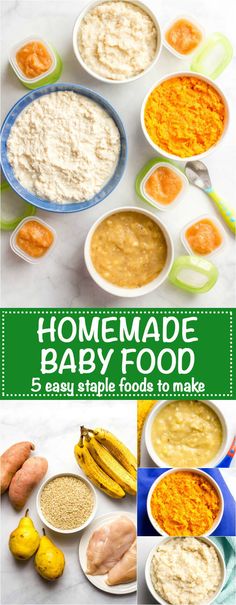 nine0005
nine0005
In autumn, you can take care of preparing vegetables for baby purees. Some vegetables, such as pumpkin, carrots and apples, are stored fresh, and zucchini, broccoli, berries are frozen in small portions, because due to frequent freezing and thawing, vegetables lose vitamins and become tasteless. You can roll up fruit and vegetable puree in jars, but this snack should not be given to babies. Remember that the taste of vegetables determines whether the baby will love them in the future, so try to prepare an appetizing and tender puree - for health and good mood! nine0005
Potato in baby food - Telegraph
Feature : popular vegetable. Introduced into children's diet from 6-7 months
Potatoes are called the second bread. For the first time, potatoes appeared in Rus' during the time of Perth I. In those days, potatoes were considered an imported product. Now both Ukraine and Russia produce it in huge quantities.
This is due to the fact that it contains ascorbic acid and carbohydrates.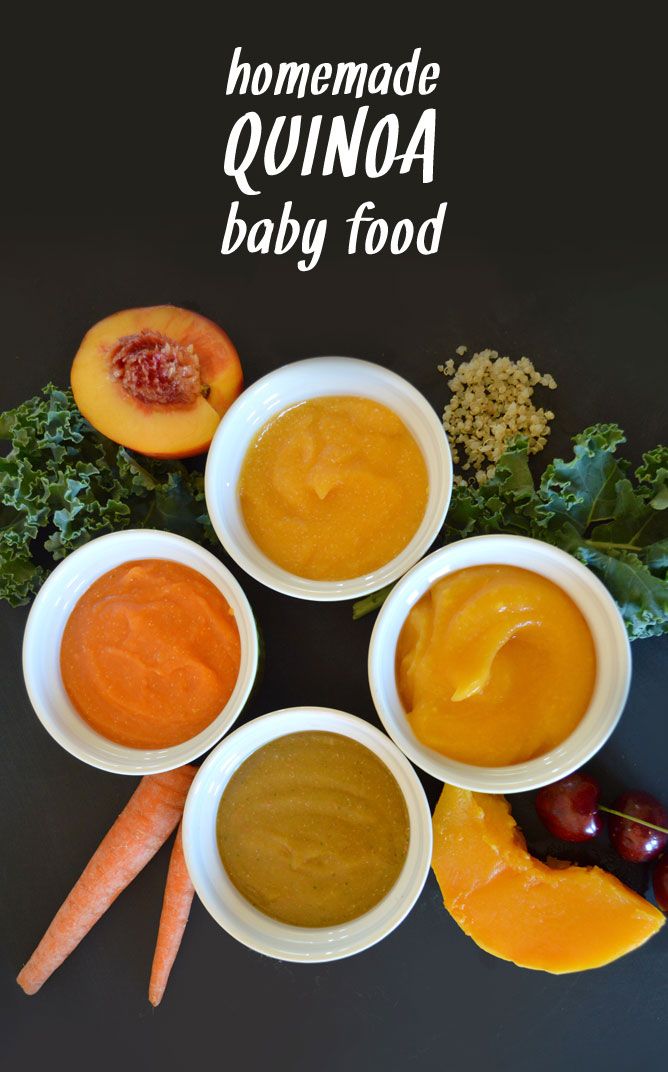 Due to its nutritional properties, potatoes are widely used in cooking. nine0005
Due to its nutritional properties, potatoes are widely used in cooking. nine0005
Approximately 20-25% of the potato consists of starch, 2% of proteins and 0.3% of fat. The protein is saturated with amino acids, therefore - the potato is a complete protein.
100 grams of potato contains 77 cal
| Macronutrients Microelements | ||
| nine0004 Vitamin PP - 1.3 mg Beta-carotene - 0.02 mg Vitamin A (RE) - 3 mcg Vitamin B1 (thiamine) - 0.12 mg Vitamin B2 (riboflavin) - 0.07mg Vitamin B5 (pantothenic) - 0.3mg Vitamin B6 (pyridoxine) - 0.3mg Vitamin B9 (folic) - 8 mcg Vitamin C - 20mg Vitamin E (TE) - 0.1 mg Vitamin H (biotin) - 0.1 mcg Vitamin PP (niacin equivalent) - 1. | Calcium - 10 mg Magnesium - 23 mg Sodium - 5 mg Potassium - 568 mg Phosphorus - 58 mg Chlorine - 58 mg Sulfur -32 mg | Iron - 0.9 mg Zinc - 0.36 mg Iodine - 5 mcg Copper - 140 mcg Manganese - 0.17 mg Selenium - 0.3 mcg Chromium - 10 mcg Fluorine - 30 mcg Molybdenum - 8 mcg Boron - 115 mcg Vanadium - 149 mcg Cobalt - 5 mcg Lithium - 77 mcg Aluminum - 860 mcg Nickel - 5 mcg Rubidium - 500 mcg |
Composition and nutritional properties of potatoes
100 g of potatoes contain:
- Proteins - 2 g
- Fats - 0.4 g
- Carbohydrates - 16.3 g
- Dietary fiber - 1.4 g
- Organic acids - 0.2 g
- Water - 78.
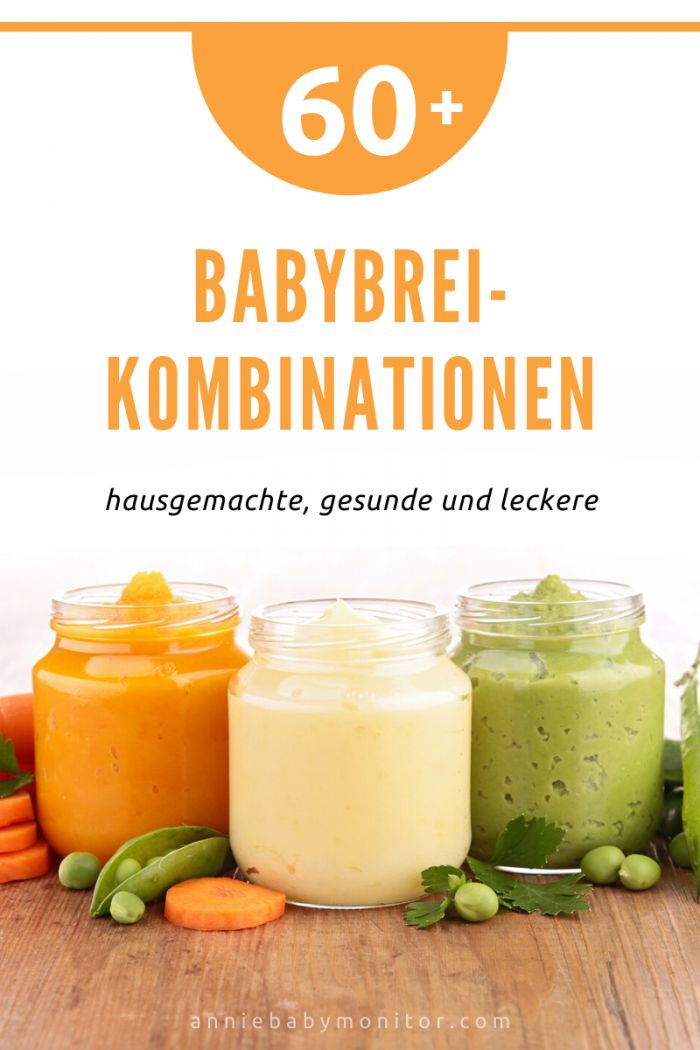 6 g
6 g - Unsaturated fatty acids - 0.1 g
- Mono- and disaccharides - 1.3 g
- Starch - 15 g
- Ash - 1.1 g
- Saturated fatty acids - 0.1 g
Useful properties of potatoes
The mineral elements contained in potatoes are easily absorbed by the body. Potato starch lowers the amount of cholesterol in the liver and blood. Potassium helps to remove water from the body. That is, if there is kidney or heart disease, experts recommend including potatoes in the diet.
Raw potato juice is used for laryngitis and pharyngitis, periodontal disease. Potato juice contains acetylcholine, which is useful for headaches, as well as constipation, heartburn, and nausea.
- Category
-
- TV shows
- Publication date
Video advice: how to choose young potatoes?
Contraindications for use
In addition to being beneficial for the human body, potatoes can also be poisonous.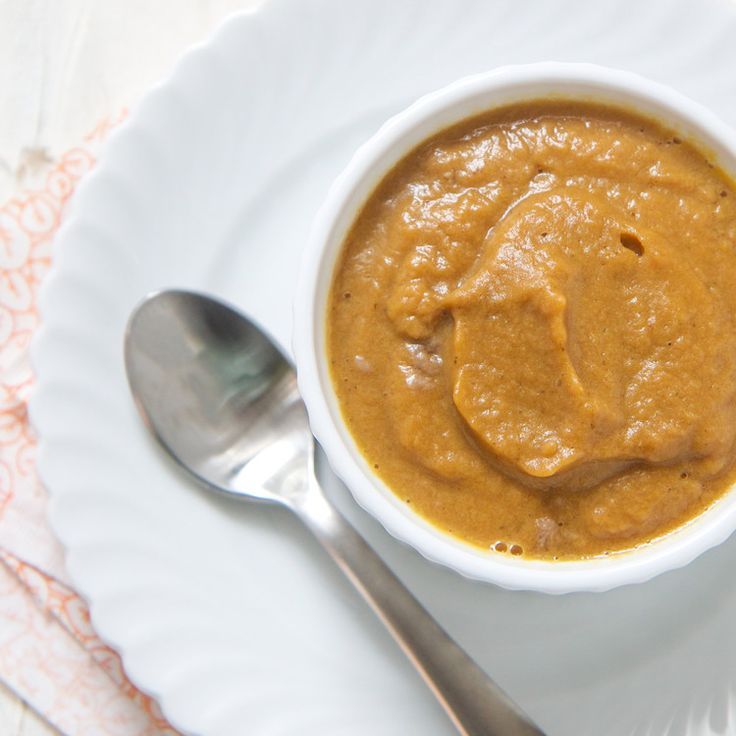 It may contain solanine, a toxic glycoalkaloid. It can provoke the destruction of red blood cells, and also negatively affect the nervous system. To find out if there is solanine in the composition of the potato, it is enough to pay attention to the color. If the potato has a green tint, it is better not to eat it. nine0005
It may contain solanine, a toxic glycoalkaloid. It can provoke the destruction of red blood cells, and also negatively affect the nervous system. To find out if there is solanine in the composition of the potato, it is enough to pay attention to the color. If the potato has a green tint, it is better not to eat it. nine0005
Potatoes in children's diet
Potatoes are introduced into the diet of a child from 6-7 months. Vegetables are one of the first foods. Mashed potatoes can be added after zucchini and broccoli. Best for kids - boiled potatoes or baked. Fried potatoes are best introduced into the diet of a child after three to five years.
- Category
-
- What do we eat? nine0026
- Publication date
Potatoes in children's nutrition
Cooking and consistency
Potatoes are used to prepare a large number of dishes.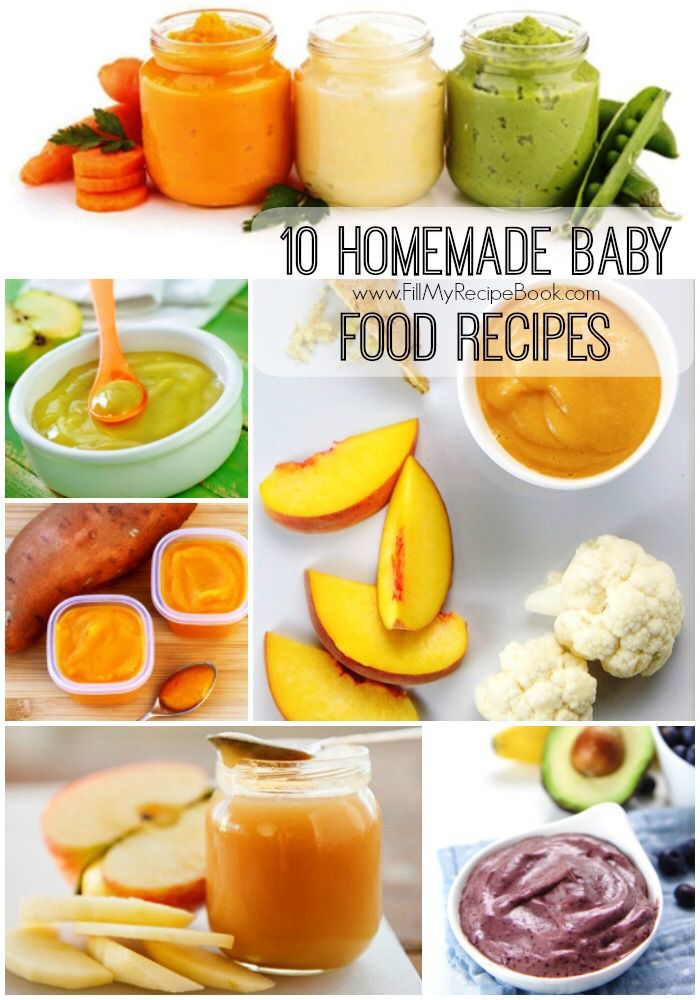 The most common is boiling. In the children's diet, potatoes are introduced in the form of mashed potatoes. After a year, when the baby's teeth appear, and the chewing reflex is already developed, you can serve boiled potatoes in slices. nine0005
The most common is boiling. In the children's diet, potatoes are introduced in the form of mashed potatoes. After a year, when the baby's teeth appear, and the chewing reflex is already developed, you can serve boiled potatoes in slices. nine0005
Potato recipes for children
Baby Beef Potatoes
Ingredients:
- Potato - 100 g
- Beef - 40 g
- Butter
- Milk
Preparation:
Boil potatoes and beef or cook in a double boiler. The potatoes are then mashed with milk and butter. nine0005
Cut the beef into small pieces and mix with the puree.
Potato with sour cream
Ingredients:
- Potato - 200 g
- Sour cream - 50 g
- Dill
Preparation:
Potatoes need to be peeled, cut into pieces and boiled or cooked in a double boiler.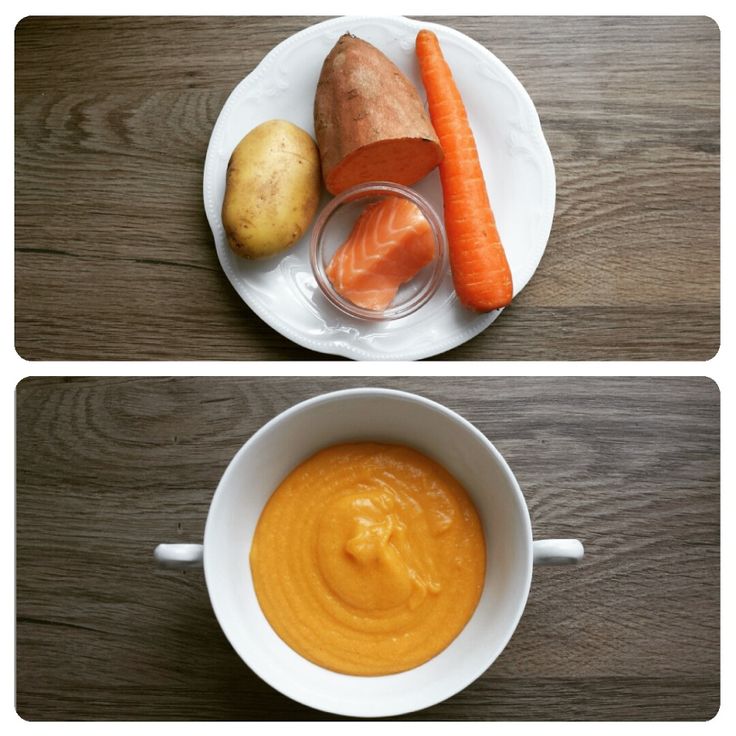

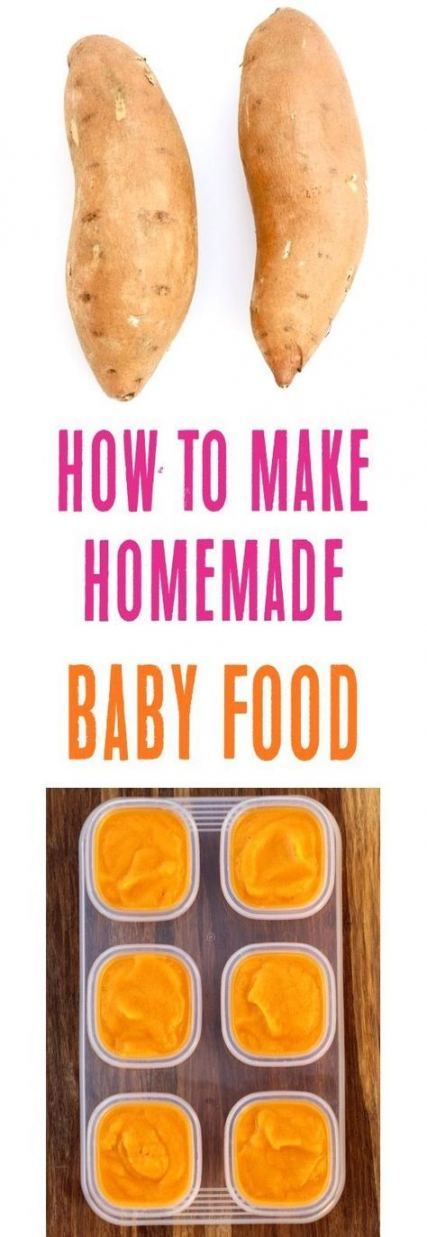 8mg
8mg 

